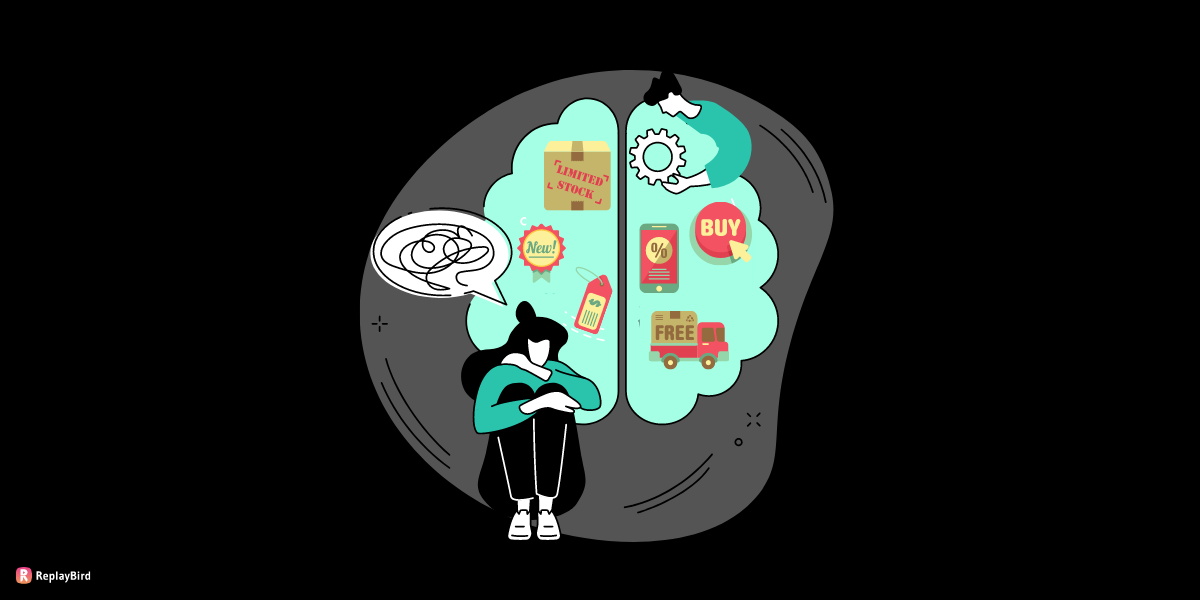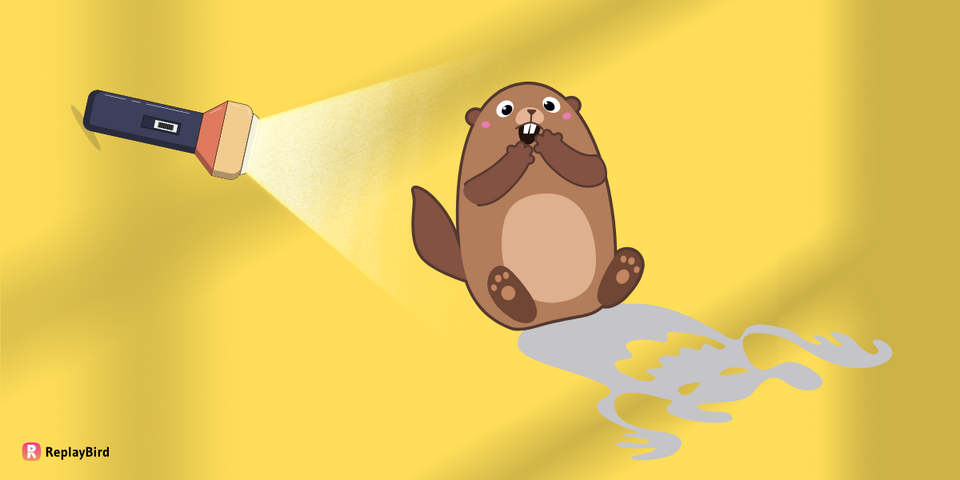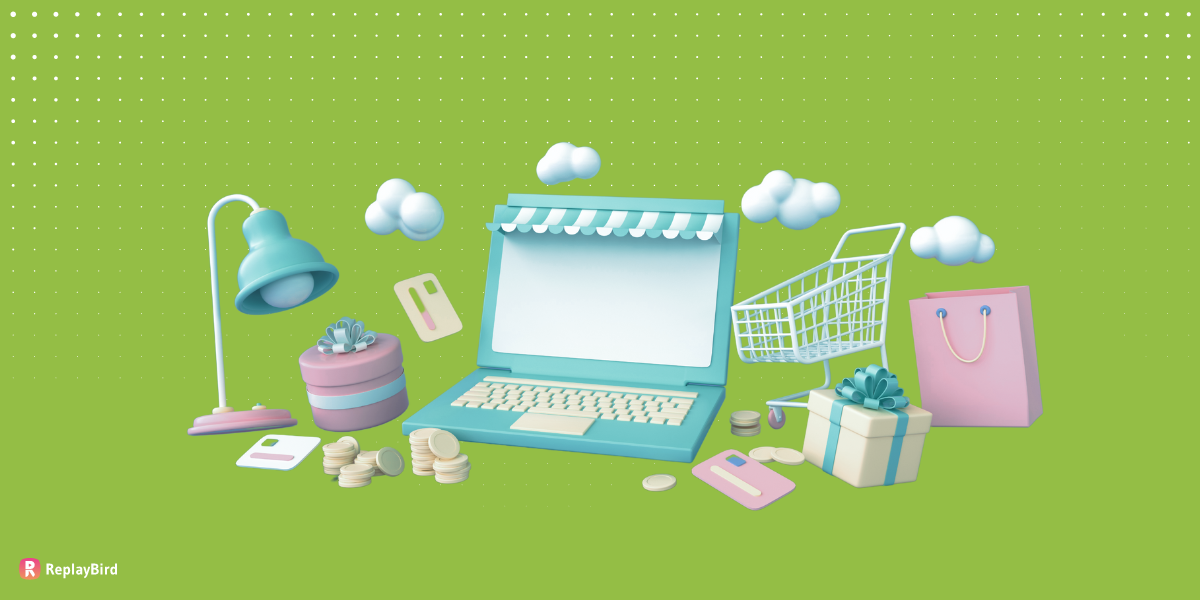Your website may receive thousands of visitors per day, but not all of them will convert into your customer.
Some really need your product, but still, they may find it not to their priority.
They would have just come in to find the features and pricing range.
Here are seven proven psychological triggers to convert every visitor into your customer.
Meanwhile, these psychological triggers may not work on all of the population that visits your website.
Even though these psychological triggers have a 92% chance of converting your visitors into customers.
Let's get into the psychological triggers.
1. Serial position effect
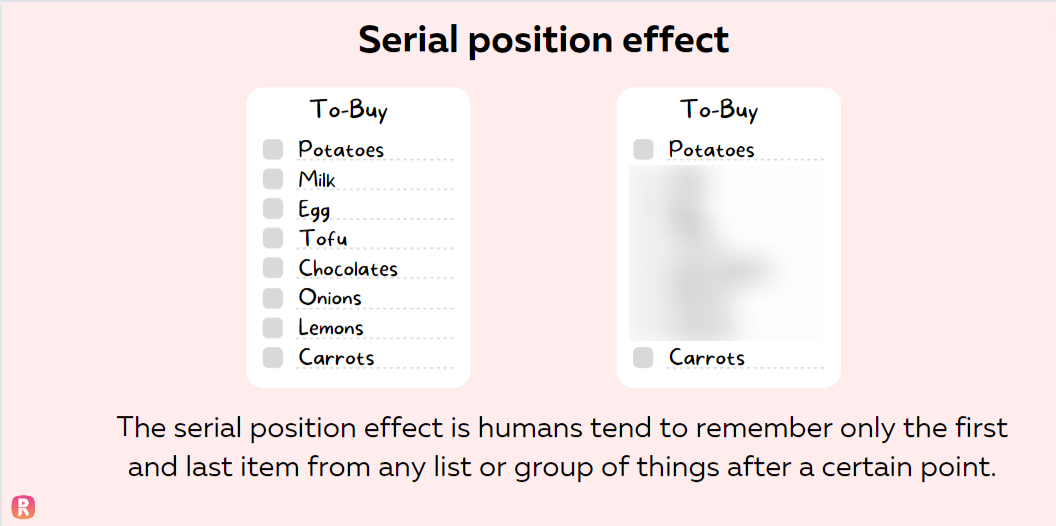
The serial position effect is one of the best and most commonly used psychological triggers.
It is a psychological tendency where humans tend to memorize the first and last thing from any group of things.
Example of Serial position effect:
The best example on serial position is every teachers remember the first and last students' name easily than any other students' name in the serial of attendance.
They subconsciously remember the fist and last positions.
How to apply a serial position effect in conversion:
You can place your most attention-seeking product in the first or last position on the list of products you provide.
This may cause people to remember the specific product from your website or store so that they might want to buy it.
2. Aesthetic-Usability Effect

The aesthetic-usability effect is one of the best and finest psychological triggers used by top brands. It is when a human finds something attractive and pleasing.
That they would even forget the flaws in the product and intend to have it.
Example of Aesthetic-usability effect:
Apple kept producing the iPad in space grey, black, and white in most of their models.
But later in the iPad Air, Apple introduced 3 more soothing and calming colors: rose gold, sky blue, and sage green.
This change in color made the iPad air 4th generation the best-selling iPad model.
How to apply the aesthetic-usability effect in conversion:
Make your product’s visual design attractive, more pleasing, and calm for the customers to buy it.
This may trigger the visitor to desire your product.
3. Fear of missing out (FOMO)

Everyone has faced this fear of missing out, where you tend to feel more anxious about leaving behind the product.
Moreover, fear of missing out is one of the most used psychological triggers used by many businesses in advertisements.
Those offers saying “only 2 left in stock”, “buy one get one only till evening”, “40% discount to first five customers”.
You have to rush in order to buy so that you don’t miss out on such an opportunity.
Example of FOMO:
Black Friday offers are really popular, and many wait for discounts provided by companies.
Companies create an urge within the people and the discounts last only one week.
so then many tend to buy during this week due to fear in them as they don't want these offers to let go from their hands.
How to apply FOMO in your conversion:
- Create a sense of urgency.
- Setting up deadlines for discounts is going to increase your conversion rate.
- Offers for limited members.
- Showing off the limited stocks or clearance stock.
4. Social proofs

Humans are social animals; they follow one another.
Most people act on the influence of other people.
“Social proofs” is one of the most effective psychological triggers that every digital marketer must use.
Also, people will follow or buy from other people’s recommendations, testimonials, influence, and reviews.
Example of social proofs:
- YouTube influencers are now starting to promote and produce their own YouTube channels. This is making a big difference to businesses that pay YouTube channels for promotion.
- People do market research on how the product is useful, getting details on quality, durability, and results.
How to apply social proof in conversion:
You can ask your previous customers to leave a review or testimonial and share it on social media about their product experience.
Meanwhile, this can help in increasing the conversion rate.
Read More:
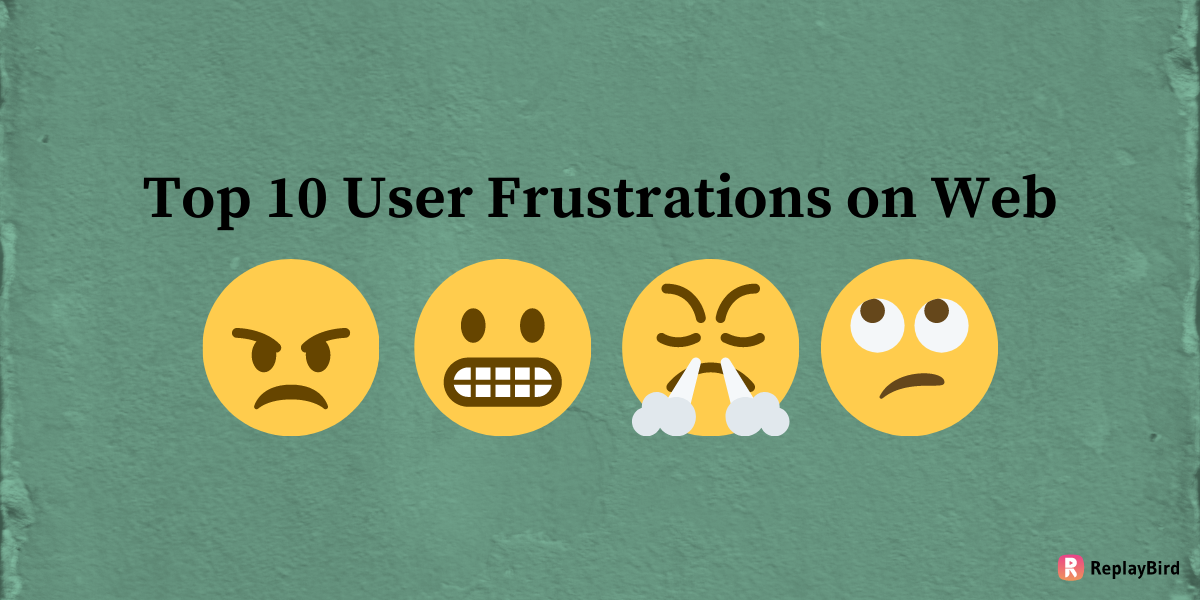
5. Single-option Aversion

When buyers are given lesser or only one option to select from then it is called the Single-option aversion.
This works because people get confused when you overwhelm them with far too many options.
Example of Single-option aversion:
Every premium plan has less than four pricing plans.
This lower number of options makes you choose the option quicker even though it has one of the features that the buyer doesn’t require.
How to apply Single-Option Aversion to your conversion:
- Introduce fewer options.
- Also, reduce the variety.
- Stop converting all logic into features.
6. Processing Efficacy

Humans tend to agree with things that are small and simple for us to understand or use.
Processing efficacy is one of the easiest psychological triggers that can e used by anyone.
Using complicated words or definitions to explain things may lead to misunderstandings, also, many don’t agree with things that are difficult to understand.
Example of Processing Efficacy:
- Using difficult and professional words may confuse your visitor.
- Do not write too many rough features; instead, write benefits.
- Using irrelevant images to explain or move out of the topic.
How to apply Processing efficacy in your conversion:
- Always give small and understandable descriptions.
- Be clear with the features, pricing, and delivery.
- You can also use simpler words.
7. Visual Depiction Effect

When a product is displayed as if they are using the product, then the product has a chance to be bought by the buyer.
This is called the “visual depiction effect.” 96% of all advertisers use this cognitive psychological tendency.
Also, they make people imagine a visual of themselves using the product and how the product would make them feel the benefits of the product.
Example of visual depiction effect:
A video playing on how a bike racer would feel wearing gloves that are comfortable, sweatproof, and never let him slip in front of a real bike racer.
Meanwhile, the racer now imagines the gloves and how they would help him to win the race. and this has a high possibility of conversion.
How to apply the visual depiction effect in your conversion:
- Create an advertisement on how the experience of using the product benefits the user.
- Providing sample products may help users experience the product in real life.
- Furthermore, testimonials or experience talk lets them know how it really benefits them.
Session replay, Heatmap, and Web analytics

Session replay, heatmap, and web analytics are not exactly psychological triggers, but using technology to understand the visitor's intentions and the user experience.
Converting your visitors into customers using session replay, heatmaps, and web analytics is easier and guaranteed.
Session replay and product analytics will even tell you if these psychological triggers have worked and increased your conversion rates.
Examples of Session replay, Heatmap, and Web analytics:
Over 63% of websites and businesses use session recording, heatmap, and website analytics to enhance their websites and boost their conversion rate.
How to apply Session replay, heatmap, and web analytics to your conversion:
- You can use session replay tools, heatmap tools, and web analytics tools.
- There are some tools that can provide with you all three for your business website.
- Replaybird is a session replay and web analytics tool which will improve your conversion rate.
Psychological triggers can really help your business in marketing.
It is a good choice to use every aspect while we are already in the psychological triggers of many other marketers.
Use these psychological triggers to effectively optimize your website, improve user experience, and therefore increase your business revenue.
ReplayBird - Product Analytics that Drive Revenue Growth
ReplayBird generates valuable insights into your user experience, enabling you to pinpoint and address friction points. Armed with this knowledge, you can make data-driven decisions with product analytics about the changes that are necessary to achieve your product goals.
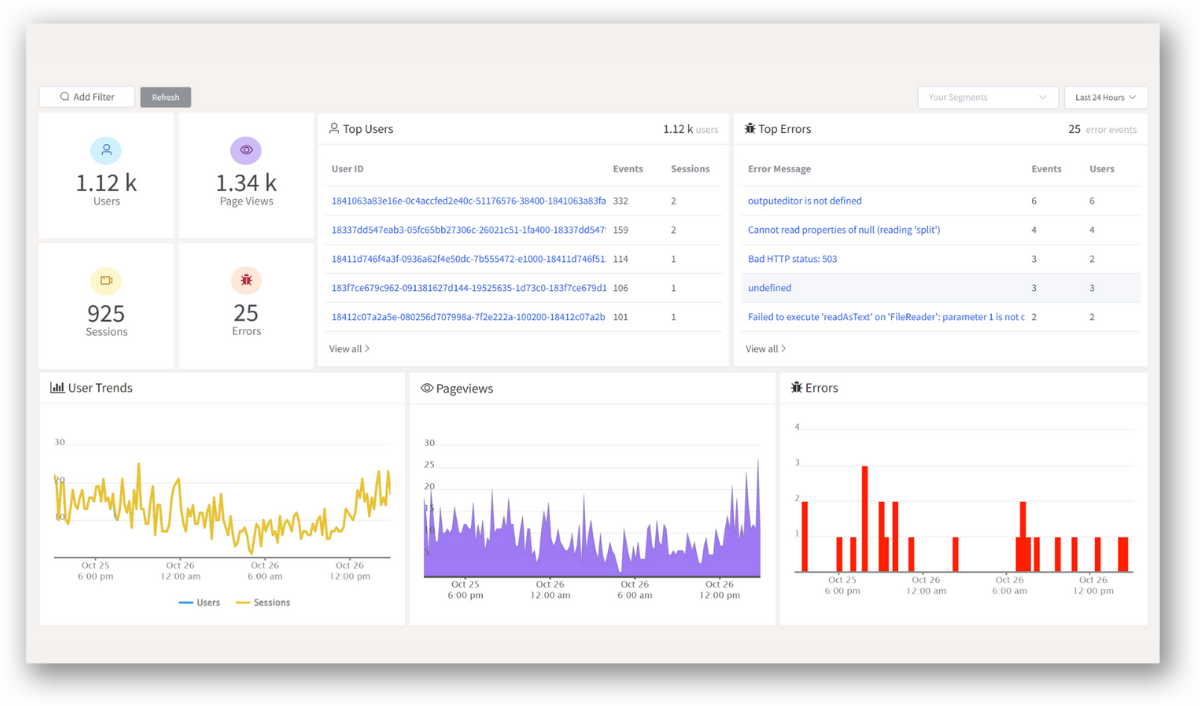
With ReplayBird's intuitive tools, you can easily gain a comprehensive understanding of the issues that are impacting your product. With session replay, you can see exactly how users interact with your product, where they get stuck, and what causes them frustration.
ReplayBird's analytics tools, let businesses make informed decisions about how to improve their products and ultimately drive revenue growth.

